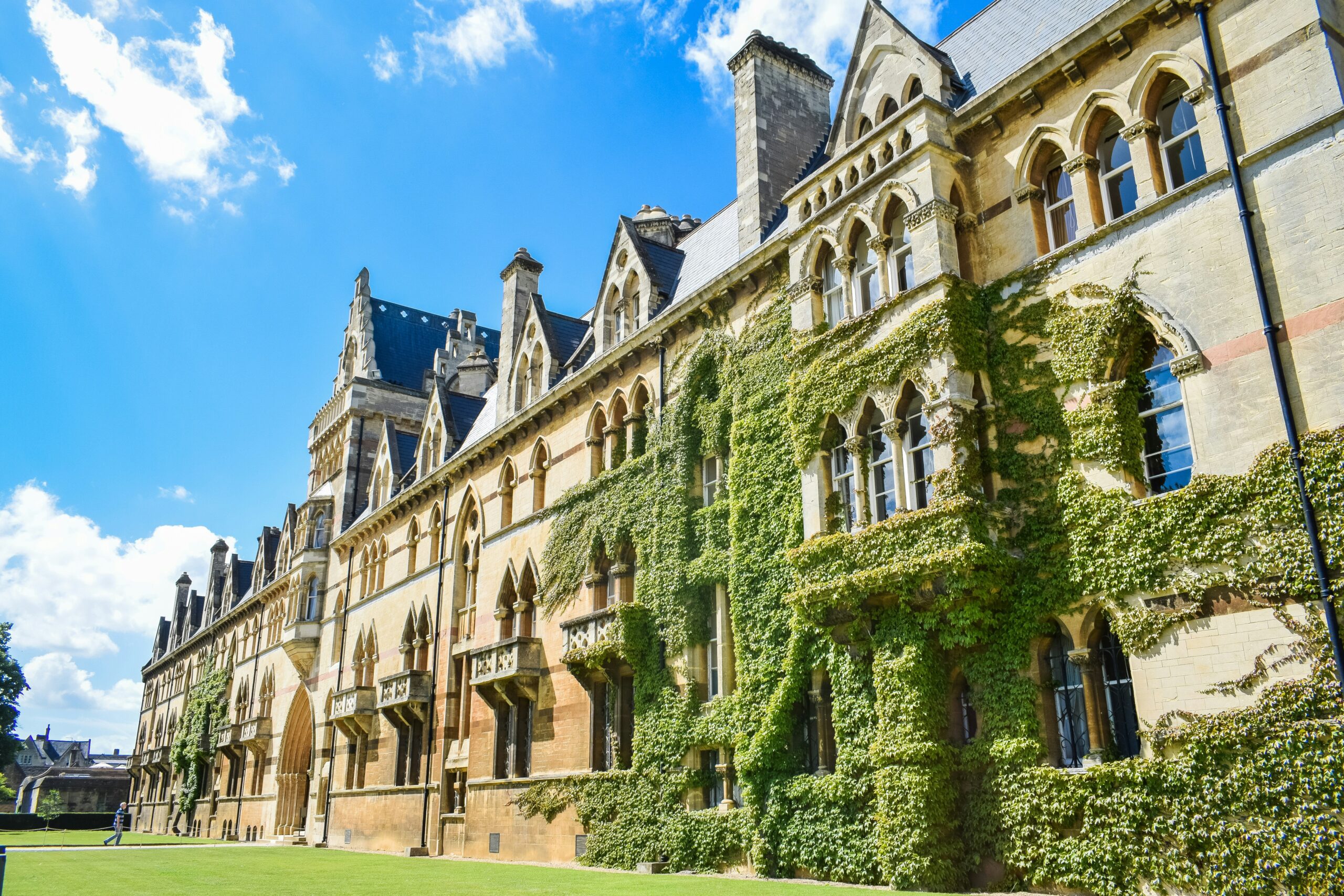India, a nation rich in history and tradition, is also home to some of the oldest universities in the world. These institutions have been centers of learning and knowledge for centuries, shaping the minds of countless leaders, thinkers, and innovators. In this article, we delve into the legacy of India’s oldest universities, exploring their historical significance, contributions to education, and continued relevance in today’s modern academic landscape. This exploration not only highlights their educational prowess but also their role in cultural preservation and societal advancement.
Nalanda University: A Beacon of Ancient Learning
Often celebrated as one of the oldest universities in the world, Nalanda University, established in the 5th century BCE, was an ancient center of higher learning located in Bihar, India. Although it now lies in ruins, the historical significance of Nalanda is immense. It attracted scholars from all over the Buddhist world, offering studies in religion, philosophy, medicine, and mathematics. The university was an architectural marvel of its time, comprising numerous monasteries and temples built over a span of hundreds of years. The revival of Nalanda in the form of Nalanda International University, aimed at resurrecting the ancient seat of learning, underscores the enduring legacy of this iconic institution.
University of Calcutta: Pioneering Modern Education
Founded in 1857 during the British Raj, the University of Calcutta holds the distinction of being the first modern university in India. It was established following the model of the University of London and played a pivotal role in promoting Western-style education in India. This university has been instrumental in fostering leaders who have significantly contributed to the cultural and political life of India. Notable alumni include Nobel laureate Rabindranath Tagore and scientist Jagadish Chandra Bose. Today, the University of Calcutta remains a prominent educational hub, offering a wide range of undergraduate and postgraduate courses.
Banaras Hindu University: A Blend of Culture and Education
Established in 1916 by Pandit Madan Mohan Malaviya, Banaras Hindu University (BHU) is one of the largest residential universities in Asia. Located in Varanasi, Uttar Pradesh, BHU is a microcosm of the diversity that India embodies. The university was founded with a vision to blend religious education with scientific and technical learning, offering students a comprehensive educational experience. BHU is renowned for its sprawling campus, diverse programs, and active involvement in research and innovation. Its alumni have excelled in various fields, reinforcing the university’s reputation as a premier institution of higher learning.
Madras University: The Torchbearer of Southern India
The University of Madras, established in 1857, is another historical landmark in Indian education. Like the University of Calcutta, it was also set up under the British and modeled after the University of London. The university has a rich legacy of fostering academic excellence and is known for its rigorous research programs in areas such as linguistics, biotechnology, and geology. Located in the cultural hub of Chennai, Madras University has contributed significantly to the intellectual and cultural development of southern India.
Aligarh Muslim University: Fostering Unity Through Education
Founded in 1875 by Sir Syed Ahmed Khan, Aligarh Muslim University (AMU) started as the Muhammadan Anglo-Oriental College and was intended to empower the Muslim community through modern education. Today, it stands as a testament to the vision of its founder, offering more than 300 courses in traditional and modern branches of education. AMU is not only significant for its academic excellence but also as a symbol of communal harmony and progressive thought.
Conclusion
India’s oldest universities are not just educational institutions; they are treasures of the nation’s collective heritage and knowledge. Each university has its unique story, woven into the fabric of India’s history. They continue to serve as beacons of learning, tolerance, and innovation, contributing to the nation’s progress while preserving their timeless legacy. As these institutions adapt to the changing dynamics of global education, they maintain their commitment to nurturing minds and fostering a spirit of inquiry and excellence among students.
By understanding and appreciating the history and contributions of these venerable institutions, we recognize the profound impact they have had on shaping modern India. Their continued relevance and dedication to academic excellence ensure that future generations will inherit a rich legacy of knowledge and values.
